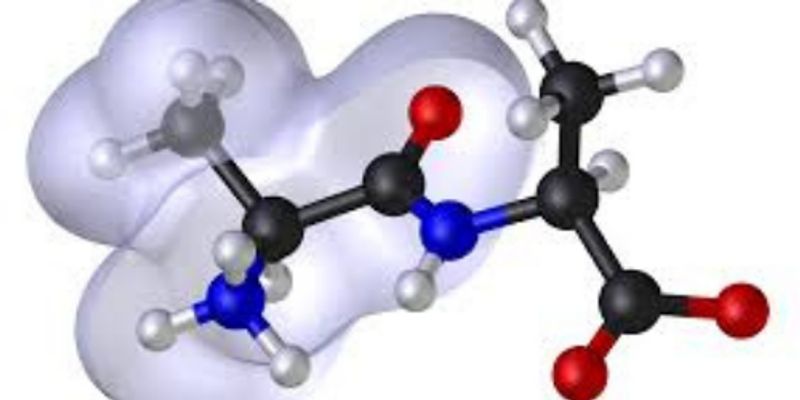Molecular modelling lies somewhere between theory, observation and experiment and is being called the fourth axis of chemistry. Basing on theoretical chemistry methods and experimental data, it involves a range of computerized methods or techniques to predict molecular and biological properties.
-
There is growing interest internationally in elucidating the clinical and biological profile of those at high genetic risk to bipolar disorder (BD) so as to enable the development of targeted...
Impulsivity can be defined as the tendency to act prematurely without foresight. Behavioural and neurobiological analysis of this construct, based on evidence from both animal and human studi...
The hippocampal formation is one of the most extensively studied regions of the brain, with well described anatomy and basic physiology; moreover, aspects of human memory mediated by hippocam...
Schizophrenia is a severe psychiatric disorder affecting 1% of the world’s population, leading to high human, social and economic burdens. Understanding how the interaction of gene and...
The dopamine-containing neurons of the midbrain have been implicated in a broad array of psychiatric disorders, ranging from schizophrenia to drug abuse and depression. However, studies seem...
FEB 04, 2015 | 12:00 PM
C.E. CREDITS
In Chile, the regulatory context regarding animal use in research is very poor. A legal framework for Animal Care and Use Committees is practically nonexistent. Also, the chilean culture play...
FEB 04, 2015 | 7:30 AM
C.E. CREDITS
During my presentation, we will discuss:- Normal patterns of behavior (repertoire): social, food intake, territorial, agonistic, anti-predation, sleep and rest, play behavior, grooming, sex...
FEB 04, 2015 | 6:00 AM
C.E. CREDITS
Soiled-bedding sentinels are not always efficient in detecting pathogens in rodent colonies. In this context, PCR-based testing can be more sensitive and is being advocated as adjunct to trad...























